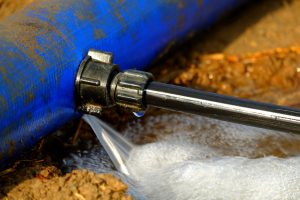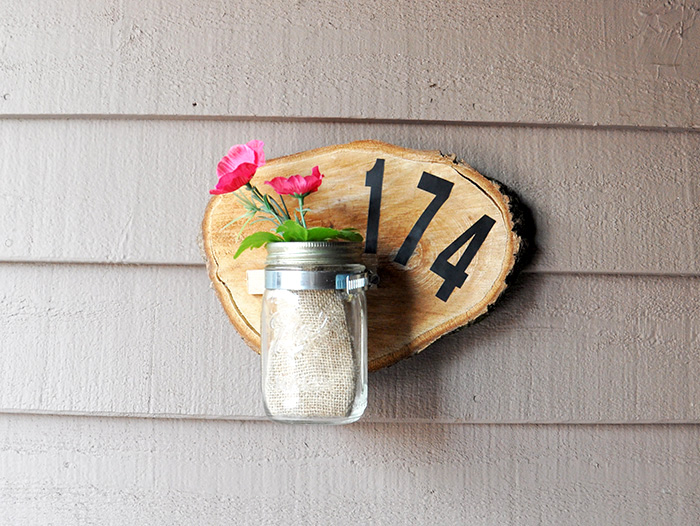
In Tampa, where the climate oscillates between sun-drenched days and torrential downpours, homes are frequently at the mercy of water damage. This city, located by the Gulf Coast, often faces the brunt of tropical storms and hurricanes, leading to a common yet challenging issue for homeowners: water damage.
From minor leaks to major floods, the impact of water intrusion can range from structural damage to
health risks due to mold and mildew. However, the aftermath of such incidents presents an opportunity not just for repair, but for revival and enhancement of your living space. Addressing water damage promptly and efficiently not only restores your home to its former glory but can also improve its resilience against future incidents. This article discusses a step-by-step approach to reviving your home post-water damage, focusing on recovery strategies that blend practical restoration with long-term preventive measures, ensuring your Tampa home remains safe, secure, and aesthetically pleasing.
Water Removal Process
The water removal process is a critical step in restoring your home after water damage. This stage should commence as soon as possible to prevent further deterioration of your property. Start by using pumps or vacuums to remove standing water, a task that can be challenging and may require professional equipment, especially in cases of severe flooding. After the bulk of the water is extracted, focus on removing water from carpets, furniture, and other absorbent materials. This might involve using specialized extraction tools. It’s important to be thorough during this phase, as lingering moisture can lead to mold growth and additional damage. In some cases, particularly in areas like Tampa, where humidity is high, it’s best to seek assistance from a Tampa water damage restoration expert. It will help ensure that water removal is done efficiently and effectively.
Drying and Dehumidifying
After removing water, the next important step is drying and dehumidifying your home. This process
is crucial to eliminate any remaining moisture, a key factor in preventing mold growth and further
water damage. Use dehumidifiers and air movers to accelerate the drying process. These devices
work effectively to draw out moisture from air, walls, and flooring.
In humid climates, thorough dehumidification is especially important to address the ambient moisture. Simultaneously, ensure good ventilation by opening windows and using fans, weather permitting. This stage might take several days; the duration depends on the extent of the water damage and the size of the affected area. Monitoring moisture levels with a hygrometer can help you track progress. Remember, the space needs to be completely dry before moving on to cleaning and repairs, so patience and diligence in this step are key to a successful restoration.
Cleaning and Sanitizing
The cleaning and sanitizing phase is essential in the restoration process, especially after water damage. It helps ensure your home is safe and healthy to live in. Water damage can leave behind contaminants, and in cases of flooding, there’s a risk of sewage or chemical exposure.
Begin by discarding items that cannot be salvaged, such as soaked insulation or damaged personal items. Clean all wet surfaces with soap and water, followed by a thorough disinfection process to eliminate any bacteria or mold spores. Special attention should be given to carpets, upholstery, and curtains, which might require professional cleaning. In humid areas, mold growth is a significant concern, so incorporating mold inhibitors in the cleaning process can be beneficial. Remember, the goal of this step is not just to clean but also to sanitize and create a healthy living environment. Adequate cleaning and sanitizing lay a solid foundation for the subsequent repair and restoration work.
Damage Repair and Restoration
The damage repair and restoration phase involves repairing or replacing elements of your home that have been damaged by water. This step is crucial for bringing your home back to its pre-damage state.
Begin by assessing structural damage, such as weakened walls, floors, and ceilings. Repairs range from patching and painting to more extensive reconstruction work, depending on the severity of the damage. Pay attention to damaged electrical systems and plumbing, which are critical for the safety and functionality of your home.
In regions where water damage is often accompanied by high humidity, it’s important to choose materials and construction methods that resist future moisture damage. This is also an opportune time to consider upgrades or improvements that could improve your home’s resilience against future water incidents. Work with experienced contractors, especially those familiar with water damage restoration. This can ensure that repairs are thorough and effective. It will help you revive your home and thrive post-restoration.
Prevention for Future
Prevention and future protection are crucial final steps in the restoration process, especially in areas prone to water damage. After repairing your home, implementing measures to prevent future incidents is essential. Start by inspecting and maintaining your home regularly, especially the roof, windows, and plumbing systems, to identify and address potential issues before they lead to water damage. Consider waterproofing your basement, using water-resistant materials for flooring and walls, and ensuring good drainage around your property. Installing water detection systems can also provide early alerts to potential leaks. Landscaping adjustments, like grading the lawn away from the house, can prevent water accumulation near the foundation.
Additionally, understanding local weather patterns and preparing for seasonal storms or flooding can be vital. By taking these preventive steps, you safeguard your home against future water damage. It also contributes to maintaining its value and ensuring a safe living environment for you and your family.
Final Thoughts
Reviving your home after water damage involves a series of crucial steps that require attention to detail and a proactive approach. From immediate response to prevention measures, each stage plays a vital role in not only restoring your home but also fortifying it against future incidents. Remember, while dealing with water damage can be overwhelming, the right approach and professional assistance can make the process manageable and effective. By following these steps, you can ensure that your home recovers from the immediate effects of water damage






